Hey!
Keratin is basic protein constituting the main element of our hair’s structure. Proteins, in turn, are made of amino acids such as cysteine which, in fact, is the most important amino acid in keratin. It’s cysteine in particular that provides hair with elasticity and makes it resistant to damages. But how proteins are connected to all of this? Find out!
What are proteins?
Proteins are the main structural constituent of hair shaft which is responsible for maintaining its good-looks and keeping it in perfect condition. Their task is to fill in all the gaps in hair’s structure and regenerate it. Basically, proteins have many forms but the most important though is the way they use to affect hair with: they either work on hair’s surface or within it. Proteins that are composed of big molecules fill in the gaps in hair cuticle layer and create occlusive layer that prevent water from evaporating. When it comes to small-molecule proteins, they penetrate hair and bond with keratin chains. Thanks to this hair becomes stronger, stiff as it becomes easier to style it and curl. Another thing worth realizing is that proteins display moisturising properties – they bond with water molecules.
Types of proteins
We distinguish three types of proteins. I’m sure you’ve already heard about some of them, and definitely have already made use of a few. So we can distinguish:
- macromolecular proteins – they are perfect to treat high porosity hair which cuticles are risen. This group includes: milk proteins, silk proteins, elasticin, collagen and keratin;
- hydrolysed proteins – they are smaller molecules of broken down proteins. They penetrate hair shaft in order to reinforce hair and make it more elastic. They are suitable for all hair porosity types. Some types of hydrolysed proteins are: keratin, milk, silk, wheat;
- amino acids – they are the smallest molecules made of proteins. They are highly effective in terms of attracting water and are able to reach deeper than hydrolysed proteins. For that reason, they are recommended to treat low and medium porosity hair. In most cases, hair care cosmetics containing amino acids feature: L-cysteine, arginine and methionine.
How to apply proteins correctly?
While applying proteins you have to bear in mind a few factors:
- selecting the right type of proteins;
- defining the optimal frequency of their application;
- PEH balance (proteins, emollients, humectants);
- the time required to leave them on hair.
How to recognize that your hair lacks proteins? In short, such hair is limp, it’s difficult to style and all your curls and waves don’t look good. However, on the other hand, if we supply hair with too big quantity of proteins, it might become stiff, dry and frizzy. And what about the frequency? It’s simple! Refrain from conditioning your hair for a while and pay attention to its appearance. In case of significant worsening of your hair condition, apply a strong protein product and find out if something changes.
Of incredible importance is also the method of application and the way you use to combine proteins with humectants and emollients. To clarify, if you use macromolecular proteins, wash hair with a strongly cleansing shampoo first. Such product raises up the cuticles which enables the proteins to penetrate to deeper hair layers. Essential is also the balance between proteins and humectants. If your hair lacks humectants then proteins can’t affect hair correctly. Also, right after using proteins, you must treat your hair with a product containing emollients.
What about the time proteins should be left on hair? Naturally, macromolecular proteins must be given enough time to reach the inner hair structures. Therefore, you should keep them on hair for more than 3 minutes; basically, 30 minutes should do. This process can be accelerated by raising temperature. A good way of doing this is by putting on a foil cap and a towel or using a hairdryer.
What are your favourite hair cosmetics containing proteins?


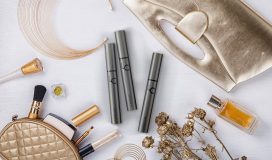
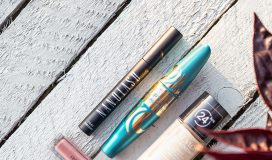

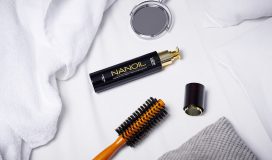
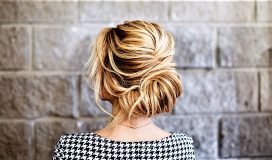
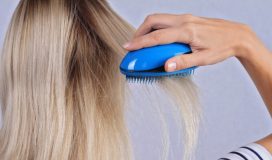
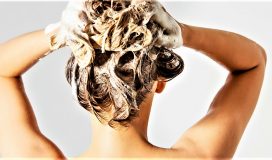
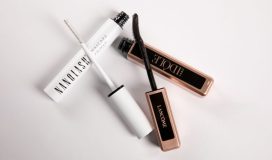
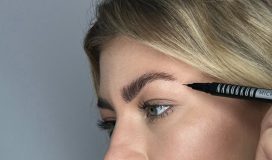
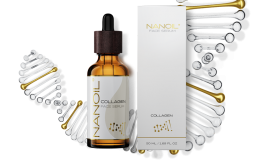
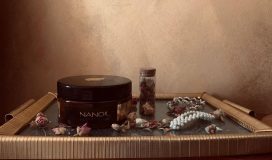
Leave a Reply